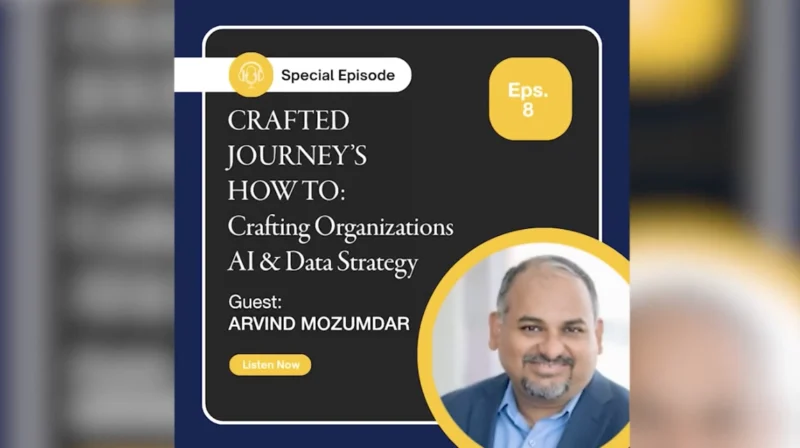Top Learning Lessons from 2021’s Supply Chain Disruptions
2021 has certainly been a year to remember for supply chain disruptions and those who work in it. COVID did its fair share of damage, but it also gave professionals a chance to assess supply chain standards, and it revealed many weaknesses hidden within this delicately balanced system.
From the ongoing chip shortage to critical production disruption of everything from condiments to plastics, to the six-day blockage of the Suez Canal by the Ever Given, the larger supply chain will be reeling from these effects for months to come; luckily, MarketScale has been here to cover it every step of the way. What follows is a collection of our top supply chain stories to reflect on the year that has been, and what we can collectively address as pieces of the supply chain in 2022.
1. One Ship, a Worldwide Crisis: How Can Supply Chains Get Unstuck?
The host of Diving Into Data, TC Riley, took a look at the underlying data of the Ever Given ship’s blockage of the Suez Canal in March 2021. The story captivated the interest of people around the world as supply chain disruptions presented by the pandemic were only exacerbated by the cutting off of one of the world’s most important passages.
Excerpt:
The Ever Given will go down in infamy, and not in a good way. Its blockage of the Suez Canal further crippled supply chains already at their breaking points due to the pandemic. How could one incident have such an impact? It’s all clear when diving into the data, and that’s what host TC Riley does in this episode.
“You can’t underestimate the importance of the Suez Canal to global trade. It cuts 3500 nautical miles and around nine days off the trip between Asia and Europe,” Riley said. The number of shipments that pass through it every day is incredible. Over 1,000,000 barrels of oil and 8% of the world’s liquified natural gas go through it daily. During the debacle, the media went in on the economics, most saying it cost the world billions.
Key Insight:
“B2B often takes the initial brunt of supply chain challenges, even if the consumer doesn’t see much of an impact… The impact to the global supply chains really do impact so many businesses down stream, how fragile these supply chains are, and how one little tweak can really throw a wrench in things.”
2. Is the Supply Chain Ready for Black Friday?
We all know that the holiday season is incredibly busy for shipping and logistics. Supply chain expert, David Beaird, joined MarketScale to share his thoughts on the challenges retailers faced for Black Friday 2021, and how supply chain disruptions compound during the holidays.
Excerpt:
Because of the backlog, many companies are re-examining their supply chain. Holding inventory decreases uncertainty, but it is “cash on the floor,” which companies want to minimize. But with increased demand, many companies have opted to pull merchandise into warehouses earlier this year. Beaird explained, “The amount of investment on the personnel and the tools, and the technology, and the external help that a company will need to get through this, I think a lot of companies will reevaluate this.” He added, “I think people are now really truly seeing what the advantage of a strategic supply chain is.”
Key Insight:
“People are going to have to carry more inventory. And our supply overseas, we do need to rethink that. Can we, instead of going all the way from Asia, are there opportunities inside the hemisphere, maybe in the continent in Central and South America, that we can get some of this stuff that we’re no longer able to manufacture here in the United States.”
3. Supply Chain Issues Leading To Price Hikes
Much of the discussion in 2021 revolved around the challenges for companies within the supply chain, but these issues made their way down to consumers, as well. Arjun Chandler, founder and CEO of IndustriaML, outlined the supply chain disruptions for companies and the impact they had on consumers in the way of price hikes.
Excerpt:
A lot of the manufacturing jobs that existed before the pandemic are struggling to hire new people, and because of that labor shortage, which is somewhat of a global problem and is especially prevalent in the United States, it is difficult for manufacturers to produce at the same rate. It’s not an issue of lack of raw material availability. Ultimately, where people get their precious metals from hasn’t seem as much disruption. It’s been the ability to assemble and ship pieces that has really suffered because of a labor shortage.
Key Insight:
“Prices just change in response to increased demand. I think the bigger concern that you’re going to see as a result of supply chain problems is not necessarily going to be that prices are going to spiral out of control but more that lead times for materials are going to get longer and longer.”
For further insight on the supply chain from MarketScale, check out more of our coverage from 2021:









